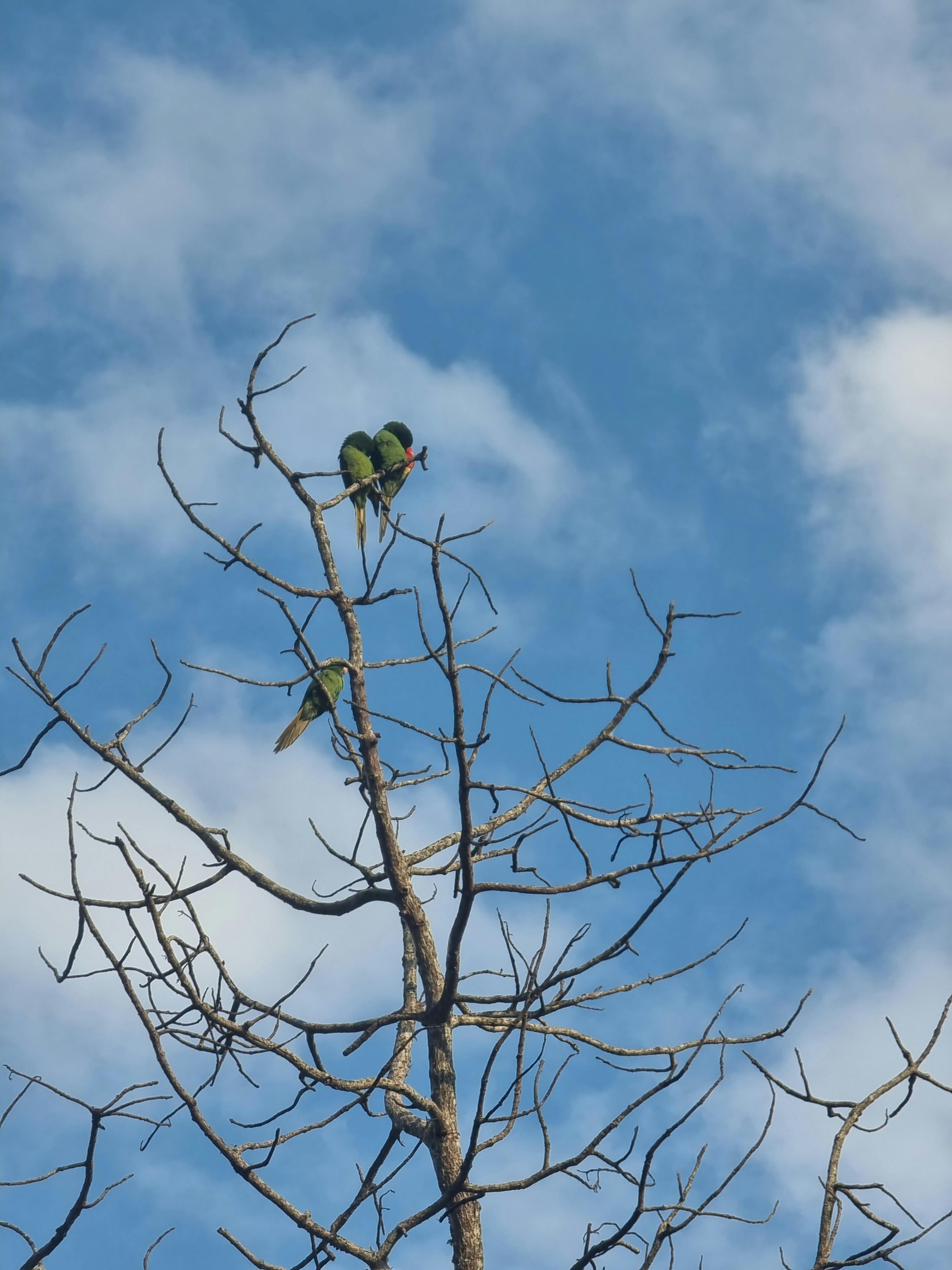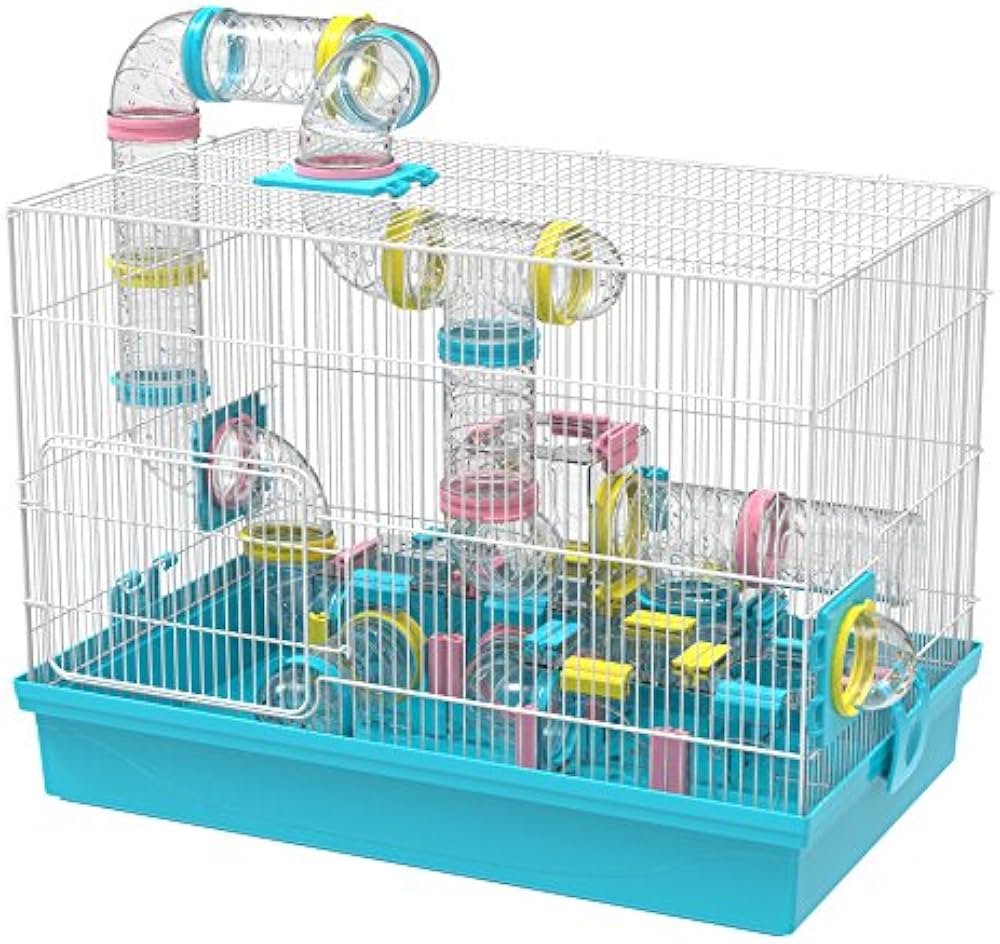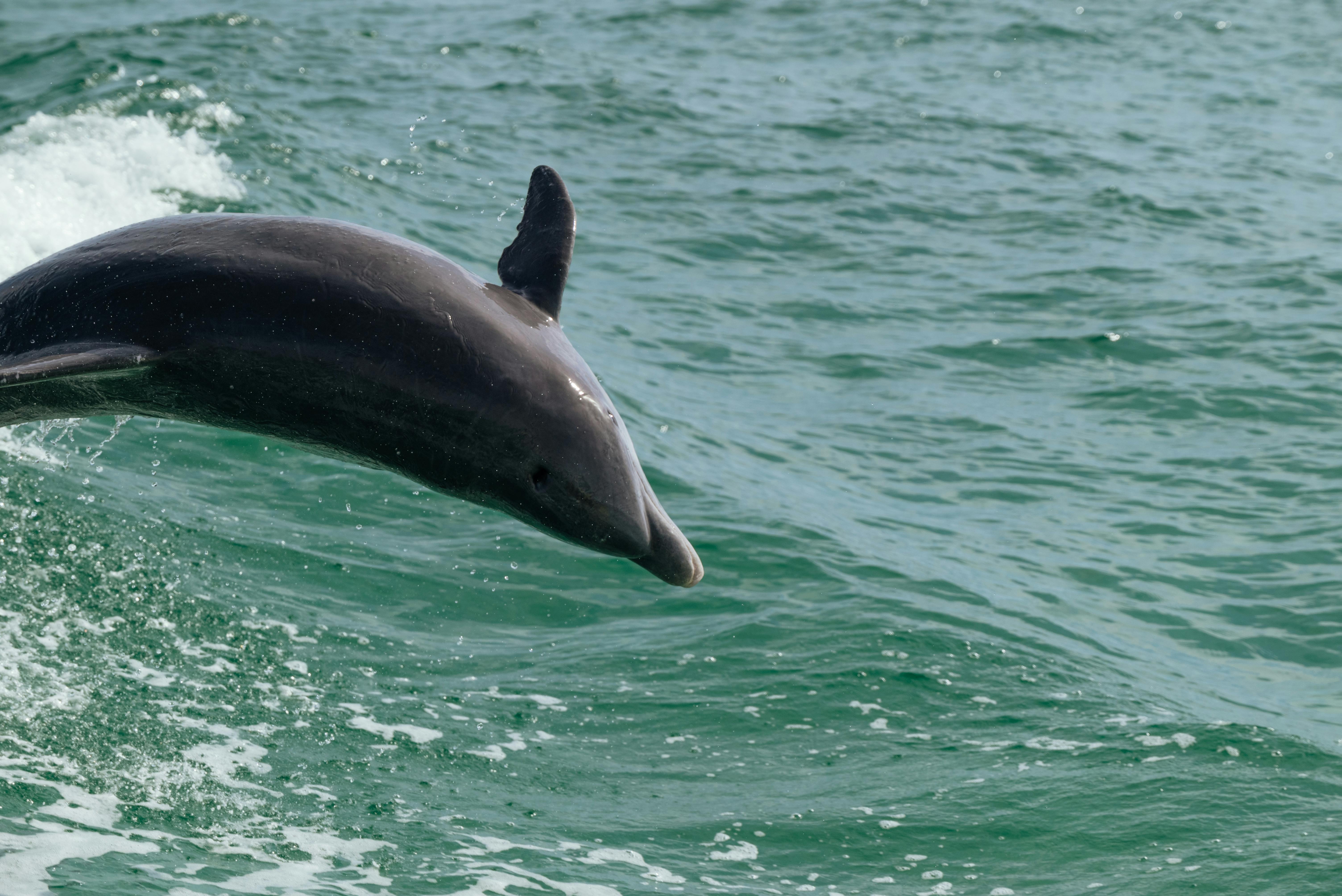
Smart Ways to Care for Blue Dwarf Gourami in 2025
The blue dwarf gourami is a vibrant and captivating freshwater fish that has gained popularity among aquarists, particularly beginners. Known for their beautiful colors and friendly demeanor, they make excellent additions to community tanks. Understanding the specific care requirements, suitable tank mates, breeding habits, and diet is essential for ensuring these fish thrive in their aquarium environment. This article presents effective and smart ways to care for blue dwarf gourami, highlighting their habitat needs, behavioral traits, and interaction with other fish species.
As you gather information on dwarf gourami care, you’ll discover various aspects, including tank conditions, compatibility with other aquatic pets, and their dietary needs. We’ll also discuss common health issues, maintenance tips, and the ideal tank setup. By understanding these foundational concepts, you will be well-equipped to create a flourishing aquatic ecosystem for your blue dwarf gourami and its companions.
Key takeaways include the importance of maintaining proper water parameters, knowing their peaceful nature, and selecting compatible fish species. Dive into this guide to learn everything you need to successfully care for your blue dwarf gourami!
Creating an Optimal Aquarium Setup for Blue Dwarf Gourami
Before introducing your blue dwarf gourami into a new environment, it's crucial to set up the aquarium properly. These fish thrive in specific water conditions and tank decor, making the setup process an essential first step. To enhance their natural habitat, consider incorporating aquatic plants and decorations that promote a sense of security.
Understanding Water Parameters
Blue dwarf gourami require stable water parameters to flourish. The ideal temperature range for their habitat is between 24-28°C (75-82°F). Ensure that the pH levels are between 6.0-7.5, and the hardness is moderate, around 4-12 dGH. Regular water testing is key to maintaining these conditions.
Choosing the Right Tank Size
When selecting an aquarium size, aim for a minimum of 20 gallons to provide ample space for swimming and social interactions. A well-sized tank prevents stress and aggression among residents, allowing blue dwarf gourami to display their natural behaviors comfortably.
Decor and Plant Selection
Incorporate a variety of aquatic plants to mimic their natural habitat. Floating plants such as duckweed or water lettuce provide cover while also enhancing water quality. Additionally, smooth decorations and caves offer hiding spots and reduce stress levels among your fish. Aim to create a balanced aquascape that promotes healthy interactions and visual appeal.
Filter and Lighting Considerations
A good quality filter is essential for maintaining water quality. Using a sponge filter is recommended as it provides gentle water movement suited for dwarf gourami. Lighting should be moderate; avoid extremely bright lights as they may cause stress. Consider using LED lights with a timer to mimic natural day-night cycles.
Essential Tank Maintenance
Regular cleaning and water changes are vital for keeping your gourami healthy. Change 10-15% of the water weekly to maintain optimal quality. When cleaning, be cautious not to disrupt the tank’s beneficial bacteria. A balanced tank ensures your blue dwarf gourami thrive in a safe and comfortable environment.
Understanding Dwarf Gourami Behavior and Social Dynamics
Blue dwarf gourami are known for their peaceful demeanor, making them great companions for other calm freshwater fish. Understanding their behavior, swimming patterns, and interaction with tank mates is essential for maintaining a harmonious aquarium.
Dwarf Gourami Social Behavior
These fish exhibit social behaviors and often enjoy the company of their species. They can be somewhat territorial, especially males during breeding seasons, but generally coexist well with peaceful species like neon tetras and rasboras. It's essential to monitor their interactions to prevent aggression and stress.
Swimming Habits and Activity Levels
Blue dwarf gourami are active swimmers, usually spending time near the middle and upper levels of the tank. They are most lively during dawn and dusk, so observing their activity during these hours can provide insight into their health and well-being. Keeping a balanced environment allows them to express their natural swimming patterns.
Recognizing Stress Signs in Gourami
Stress can manifest in blue dwarf gourami through hiding, aggression, or changes in eating habits. It's vital for aquarists to know the signs of stress and take corrective measures promptly. Maintaining suitable water parameters and tank mates can help alleviate stress and ensure the health of your gourami.
Observation and Interaction with Other Fish
While observing interactions, consider how blue dwarf gourami blend with their tank mates. They usually adapt well, but understanding their reactions to different species can help you learn about your aquarium's social dynamics. Use the dwarf gourami compatibility chart to select the best tank mates and maintain harmony.
Managing Aquatic Plant Life
Integrating aquatic plants not only beautifies the tank but also provides hiding spots and reduces stress. Monitor plant health since unhealthy plants can impact water quality. Engage in regular maintenance to ensure that aquatic plants flourish alongside your blue dwarf gourami.

Nutritional Needs of Blue Dwarf Gourami
Proper nutrition is fundamental in caring for your blue dwarf gourami. Understanding their feeding habits, dietary preferences, and creating a balanced diet ensures they remain healthy and vibrant. Like other freshwater fish, a well-rounded diet can prevent diseases and enhance colors.
Feeding Schedule and Diet Plan
A popular feeding schedule for blue dwarf gourami includes small meals multiple times a day. High-quality flakes or pellets specifically formulated for tropical fish provide essential nutrients. Supplement their diet with frozen or live foods such as brine shrimp and daphnia to promote growth and vitality.
Recognizing Healthy Feeding Habits
Healthy feeding habits should involve a steady appetite and active foraging behavior. If your gourami shows disinterest in food or fails to eat regularly, it may indicate underlying health issues. Regular monitoring of their eating habits will help identify any concerns early on.
Avoiding Dietary Mistakes
Overfeeding is a common mistake among aquarists and can lead to obesity and water quality issues. Provide only as much food as your fish can consume in 2-3 minutes, and remove any uneaten food promptly to avoid ammonia spikes. Establishing a consistent feeding routine will keep your blue dwarf gourami healthy.
Special Dietary Considerations
Consider the unique needs of young dwarf gourami as they require finely crushed food or specialized fry food for optimal growth. Tailor your feeding routine based on their age and size, ensuring they receive the right nutrition at each growth stage.
Benefits of High-Quality Fish Food
Investing in high-quality fish food can significantly impact the overall health and appearance of your dwarf gourami. Look for brands that offer a balanced mix of proteins, vitamins, and minerals to promote healthy growth and vibrant colors. A nutritious diet translates to healthier fish and a more dynamic aquarium.

Breeding Blue Dwarf Gourami: A Guide for Enthusiasts
Breeding blue dwarf gourami can be an exciting endeavor for aquarists. Understanding their mating behaviors, caring for fry, and ensuring the health of breeding pairs can lead to successful cultivation.
Preparing for Breeding
Before attempting to breed, ensure that you have healthy breeding pairs. Optimal conditions involve a separate breeding tank with slightly acidic water and plenty of floating plants for the male to establish a bubble nest. This setup mimics their natural breeding habitat and encourages mating.
Understanding Mating Behavior
During breeding, males display vibrant colors and perform courtship behaviors such as flaring their fins. Observing these mating behaviors provides insight into the health and vitality of your breeding pairs. Once the female lays eggs, males guard the nest diligently.
Caring for Fry
After the eggs hatch, remove the male to prevent him from eating the fry. Young dwarf gourami should be fed infusoria or finely crushed food until they are large enough to consume regular food. Monitoring their growth and health during this stage is essential.
Addressing Breeding Challenges
Be prepared for potential challenges, including failed breeding attempts or fry loss. Make adjustments to water parameters and ensure the tank environment is stable. Understanding breeding behavior and being vigilant can lead to successful outcomes.
Recognizing Successful Breeding Dynamics
Successful breeding can be observed through the growth and development of fry and the behavior of the parents. Monitoring their interactions can help ascertain the health of both adult dwarf gourami and the offspring.
By following these guidelines and understanding blue dwarf gourami care, you can create a thriving environment that promotes their health and beauty. Engage with their unique behaviors, ensure proper diet, and monitor their well-being to enjoy years of companionship with these charming fish.
Its part of generated content. Can i generate another part?